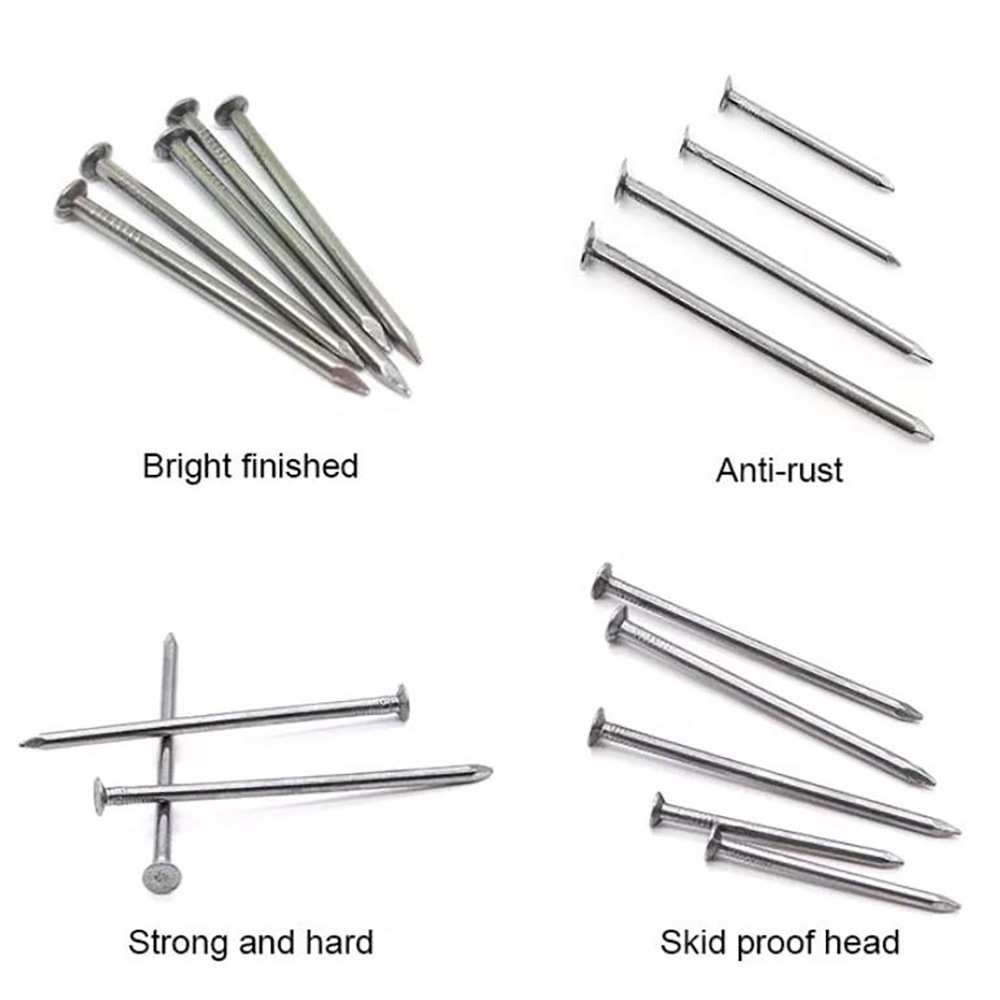Durable GI Barbed Wire for Enhanced Security and Protection Solutions
The Versatility of GI Barbed Wire A Comprehensive Overview
Barbed wire, known for its effectiveness in securing properties, has become an essential component in various applications, ranging from agricultural fencing to military installations. Among the many types of barbed wire available in the market, GI (Galvanized Iron) barbed wire stands out due to its durability, resistance to corrosion, and cost-effectiveness.
Origins and Composition
GI barbed wire is constructed from iron or mild steel that has undergone a galvanization process. This process involves coating the metal with zinc to form a protective layer. The result is a wire that not only maintains its structural integrity but also resists rust and corrosion, making it ideal for outdoor use. The galvanization process ensures that GI barbed wire can withstand harsh environmental conditions, extending its lifespan significantly compared to non-galvanized alternatives.
Construction Features
GI barbed wire typically consists of two main components the main wire and the barbs. The main wire is thicker and provides the strength needed to withstand tension, while the barbs, which are spaced evenly along the wire, serve as the deterrent to intruders or livestock. The barbs are usually made by twisting small sections of wire around the main wire, creating sharp points that make circumventing the fence difficult.
The standard spacing between barbs can vary according to specific needs and regulations, accommodating various applications. Whether it’s for agriculture, security, or military purposes, different configurations of GI barbed wire can be manufactured to meet the demands of users.
Applications
The applications of GI barbed wire are diverse
- Agricultural Fencing Farmers utilize GI barbed wire extensively to enclose their fields and keep livestock within designated areas. Its durability and effectiveness at deterring animals make it a preferred choice for agricultural purposes.
- Security Fencing GI barbed wire is often used in security fences surrounding residential areas, industrial properties, and commercial establishments. The sharp barbs create a formidable barrier that discourages trespassing.
gi barbed wire

- Military Use Barbed wire has long been a staple in military applications. It serves as an effective obstacle against enemy movement and can be quickly deployed around temporary camps or strategic locations.
- Infrastructure Protection Utilities and critical infrastructure facilities often employ GI barbed wire to protect against vandalism and unauthorized access.
Benefits
The advantages of using GI barbed wire are numerous
1. Cost-Effective Compared to other fencing materials, GI barbed wire is relatively inexpensive, allowing users to secure large areas without substantial investment.
2. Durability The galvanized coating offers exceptional resistance to rust, ensuring that the wire lasts for many years, even in adverse weather conditions.
3. Ease of Installation GI barbed wire is lightweight, making it easy to handle and install. Its flexibility allows it to be spooled and transported without hassle.
4. Low Maintenance Once erected, GI barbed wire fences require minimal maintenance, making them not only a practical choice but also a time-saving one.
Conclusion
In conclusion, GI barbed wire is a versatile and indispensable tool that serves multiple purposes across various industries. From safeguarding agricultural assets to providing reliable security solutions, its unique properties make it a preferred choice for many applications. As security concerns continue to rise globally, the demand for effective and durable fencing solutions like GI barbed wire will undoubtedly remain strong. Whether you are a farmer, a business owner, or a government agency, investing in GI barbed wire can provide the security and protection necessary to safeguard your interests effectively.
-
Space-Saving Chain Fence Hacks Vertical Gardening with Cyclone MeshNewsJul.16,2025
-
Innovations in Iron Nail Wire Production for Modern ConstructionNewsJul.16,2025
-
Creative Uses of Wire Netting Fence in Modern Landscape DesignNewsJul.16,2025
-
Barbed Wire Fence Innovations in Anti-Climb TechnologyNewsJul.16,2025
-
Architectural Uses of Umbrella Nails for Aesthetic Roof DesignsNewsJul.16,2025
-
Architectural Uses of Razor Barbed Wire in Secure Urban DesignNewsJul.16,2025




